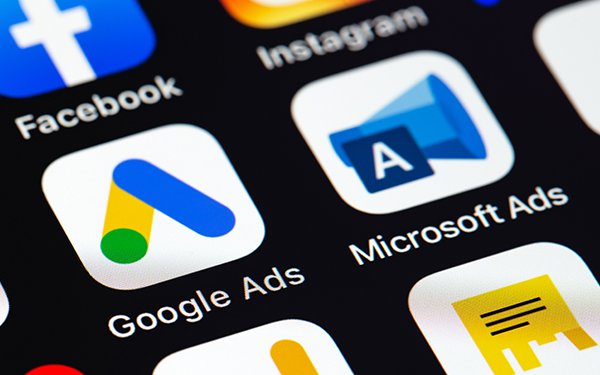Commentary
How Far Will Google And Microsoft Go To Collaborate?
- by Laurie Sullivan , Staff Writer @lauriesullivan, March 21, 2024

Microsoft and Google have a complex relationship.
The two companies are rivals, but on occasion support each other's projects.
If Microsoft Advertising could provide a Performance Max product with capabilities similar to Google
Performance Max in Google Ads, advertisers might shift more of their ad budgets from Google. Perhaps that’s the thinking of the ad team.
But what if the two companies would collaborate on the platform to make it easier for advertisers to understand and learn how to use them?
During an online meeting earlier this month, Microsoft confirmed the timeline of features in its Performance Max platform reported. Many of the features are similar to Google Performance Max.
advertisement
advertisement
I guess that’s the idea. It introduced automated features such as conversion value rules and video assets.
The company will launch an Audience Exclusions feature, but did not provide a specific date. Future plans also include cost-per-bidding strategy video assets, experiments support, and forecasting tools.
Microsoft also plans to sunset Shopping. Marketers should receive email notices about the migrations of existing smart shopping campaigns in April. June kicks off the deprecation of Smart Shopping campaigns and should last through September.
When asked during the online meeting if advertisers become confused about Microsoft and Google calling their ad platforms by the same name, a company spokesperson said there is not that much confusion, but clients want to know the differences in the two platforms and better understand how Microsoft is moving in the same direction as Google.
In an email to Microsoft Advertising, I asked whether Microsoft and Google share any code or information related to Performance Max. The Microsoft Advertising representative said the two companies are not sharing code. They are, however, providing explicit instructions on how to import into Microsoft Performance Max from Google Ads.
It did not seem like an farfetched question based on Microsoft’s recent decision to adopt Google Privacy Sandbox for its privacy standards, as well as support the company in the development of the technology.
Bloomberg reported that in June 2021, Microsoft and Google decided to “stop playing nice and end a years-long truce in which they agreed not to aim their substantial lobbying firepower against each other."
The truce was around regulators and lobbing efforts. While they compete in web search, cloud computing and artificial intelligence, they are free to step up behind-the-scenes lobbying
efforts and make public complaints against one another.
Bloomberg called it a "non-aggression pact, forged at the time by two new CEOs wanting a fresh start on a formerly acrimonious
relationship, had already been fraying before it lapsed in April."
The media outlet described it as a feud over "a proposal to force Google to pay news publishers for content and squabbled
more quietly over technology for selling search ads." We all know where that led them.
Mayunk Jain, who worked at Microsoft as an engineer until September 2019, wrote that he worked
with his counterpart at Google on the Android Enterprise engineering team, Ian Marsanyi. The two worked together for years on Android Enterprise. Then one day the two shared a bit of
how they work together in a video.
Microsoft Intune integrated in Microsoft Endpoint Manager worked closely with Google as part of the Android Enterprise Recommended program for Enterprise Mobility Managers (EMM). This means more than just supporting a list of features. It also means the two companies work together in a integrated way to help make Android customers successful.
Why not integrate for advertisers?
Update: This article was updated with a response from Microsoft Advertising.



